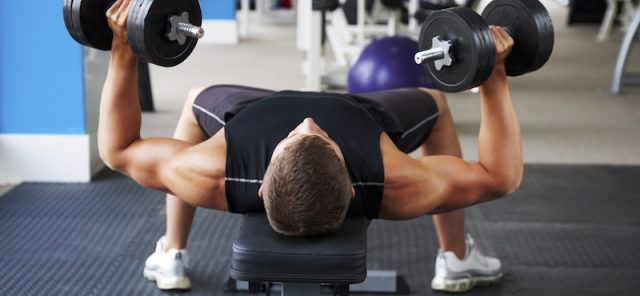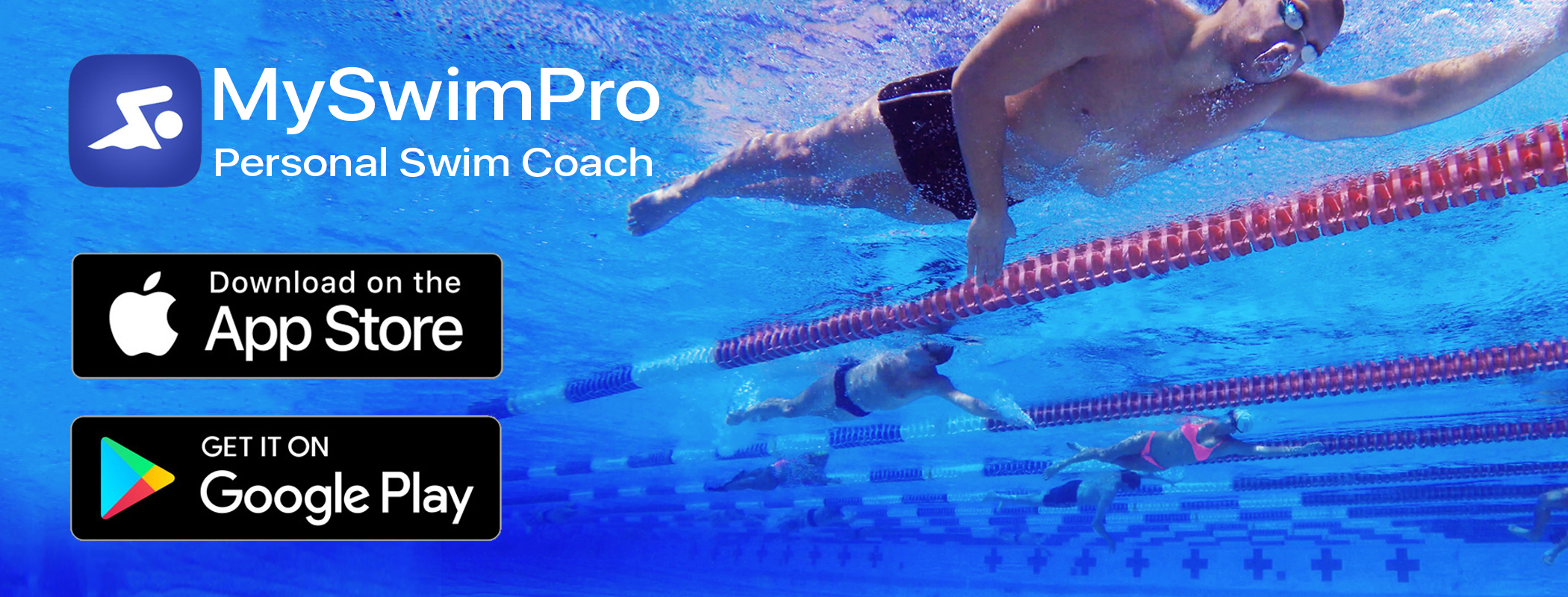Do your strength training first and then go swimming. Or is it the other way around? Does it matter in which order you do them, or is it irrelevant in terms of your training success?
Is there a magic ratio of weight training to swimming that should be done? Does swimming before a dryland session destroy your strength gains?
Which order is the best recipe for results?
It all depends on your training goal. Before we dive into that, here are the pros and cons for either order:
Swimming First
Swimming before a lift is great because it gives you the opportunity to burn more calories over the course of the weight training session by elevating your heart rate initially. This increases your internal temperature and elevates the metabolic demands placed on your body.
This ensures your heart rate will remain elevated, and thus overall caloric burn will be increased for the entire workout. The downside is that you’ll be more tired after swimming, and won’t have as much energy to spend on resistance training, which is better for making lasting physique changes.
Weight Training First
Since the aerobic system is much more efficient in terms of generating ATP, weight training first is great because it allows you to get to the fat burning portion of the workout faster than if you had gone swimming first.
Focusing the majority of your energy on making improvements in the weight room, will result in better strength gains. Then after all the glycogen is depleted, swimming will result in a much higher percentage of fat being burned.
The downside to this technique is that it can be difficult to work hard at resistance training, and then push yourself through a swimming session immediately after. Not to mention you might struggle to lift your arms out of the water and your legs will feel like jelly when you push off the wall.
So which is better? It depends on your goal!
To Build Muscle and Maximize Strength
If your goal is to build muscle and increase your maximum strength, then you should definitely do your strength session before swimming. You shouldn’t attempt a strength building workout when your muscles are already fatigued. You can’t work out at the intensity necessary to provide an ideal training stimulus.
Since sometimes you will be lifting heavy weights, overly fatigued muscles will increase your risk of injury. If you tire your muscles out ahead of time, your coordination will suffer and your stabilizing muscles will be weakened.
To Improve Swimming Endurance
If your goal is to improve your swimming endurance, then go for your swim before strength training. To produce an effective training stimulus, your muscles should be rested before long or intense swimming workouts.
Tired muscles prior to swimming negatively impact your technique and efficiency in the water. This can then lead to strain and overuse injuries in your joints and muscles. Not to mention that training with poor technique and body position will negatively impact your overall performance in the water.
To Lose Weight
It is often recommended to do your strength training before your swim to empty your carbohydrate stores. The idea is to force your body to get its energy primarily from fat rather than carbs during your run. However, the problem with this strategy is that you can’t finish a long swim workout at high intensity on empty carbohydrate stores. While it is true that a much higher percentage of fat is burned for energy, the calorie burn, on the other hand, is relatively low because of the low intensity of the workout.
If you are looking to lose weight, a negative energy balance is key: If you burn more calories than you consume, you will lose weight. In the end, what matters is how many calories you burn in total through your workout. Spread your workouts out over several days. That way you can train at high intensity and burn a lot of calories, and at the same time give your body the time it needs to recover properly before the next workout.
Bottom line: In general, you should not do two workouts back-to-back. You will achieve better results in both your strength and swim training if you give your body sufficient time to recover. If you want to combine your strength and endurance training, then you should follow the order best suited for your specific training goal.
For unlimited swim workouts, training plans and drills right on your iPhone, Android or Smartwatch, click here to start your free 7-day trial of MySwimPro Premium!
This content was originally published here.










